Home>Interior Design>How To Decorate A Coastal Home: Emma Sims Hilditch Advises
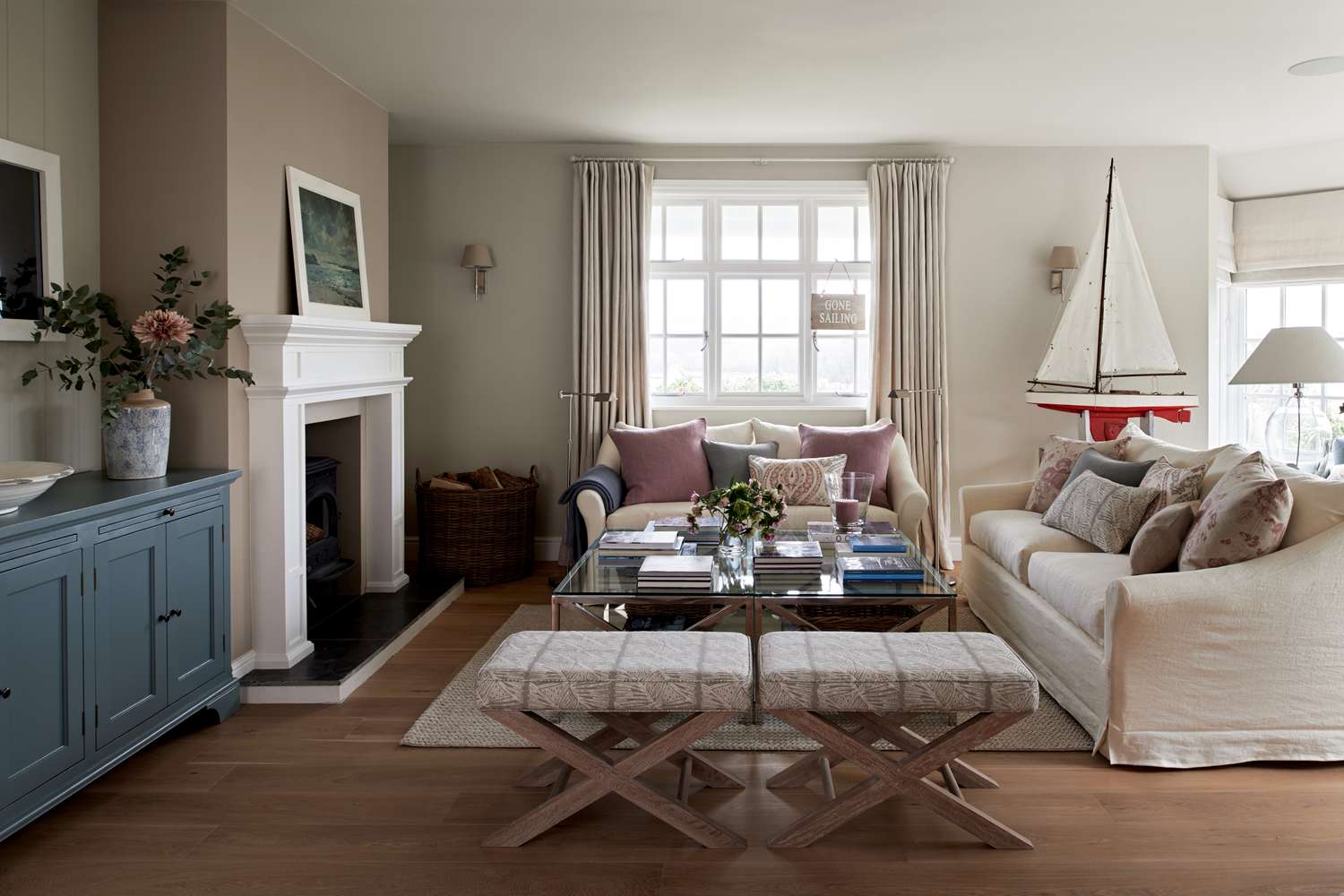

Interior Design
How To Decorate A Coastal Home: Emma Sims Hilditch Advises
Modified: October 28, 2024
Learn how to decorate your coastal home with expert interior designer, Emma Sims Hilditch. Get valuable tips and advice to achieve the perfect coastal-inspired interior design.
(Many of the links in this article redirect to a specific reviewed product. Your purchase of these products through affiliate links helps to generate commission for Storables.com, at no extra cost. Learn more)
Introduction
When it comes to interior design, few styles evoke the tranquility and beauty of coastal living quite like a coastal-themed home. The allure of sandy beaches, crashing waves, and salty ocean air can be captured within the walls of your own home, creating a serene and relaxing atmosphere. Whether you live by the coast or simply want to bring a touch of seaside charm to your space, decorating a coastal home is a popular choice that can transform any space into a coastal oasis.
In this article, we will explore the key elements of coastal style and provide you with expert advice on how to create a coastal-inspired home. Interior design expert Emma Sims Hilditch, renowned for her elegant and timeless coastal designs, will guide us through the process and share her valuable insights and tips.
So, grab your sun hat and sunglasses, and let’s dive into the world of coastal home decor.
Key Takeaways:
- Create a serene coastal oasis by incorporating natural elements, nautical decor, and a light color palette to capture the essence of beachfront living in your home.
- Infuse your space with the charm of seaside living through comfortable furnishings, coastal textures, and personalized accessories, transforming your home into a coastal sanctuary.
Understanding Coastal Style
Coastal style is all about capturing the essence of beachfront living and incorporating it into your home decor. It draws inspiration from the natural elements found along the coastline, such as sand, sea, and sky, as well as the relaxed and casual vibes associated with beach vacations.
When designing a coastal-themed home, it’s essential to create a space that feels airy, light, and inviting. This style typically features a soft and neutral color palette, reminiscent of sandy beaches and sun-bleached driftwood. Think shades of whites, creams, beiges, and pale blues, which help to create a serene and calming atmosphere.
Natural materials are also key in coastal design. Emphasize the use of organic textures like rattan, jute, and weathered woods to bring a sense of warmth and authenticity to your space. These materials not only add visual interest but also create a connection to the natural environment.
Furthermore, incorporating nautical elements is a hallmark of coastal style. This can be done through using decorative items like ropes, anchors, and boat-shaped accessories. By carefully selecting and strategically placing these pieces, you can add a touch of maritime charm without overwhelming the space.
Understanding the essence of coastal style is the first step towards creating a truly inviting and relaxing home. Now, let’s dive into the specifics of how to bring this style to life in your own space.
Choosing the Right Color Palette
When it comes to coastal style, the color palette plays a crucial role in setting the mood and capturing the essence of seaside living. Opting for light, airy, and soothing colors is key to achieving the desired coastal aesthetic.
Start by selecting a neutral base color, such as whites, creams, or beiges, for the walls and larger furniture pieces. These neutral tones create a clean and fresh backdrop that mimics the sandy shores. They also help to reflect natural light and create an open and spacious feel in the room.
To add a pop of color and create visual interest, incorporate shades of blue into your coastal palette. Think of soft blues inspired by the ocean, sky, and horizon. These hues bring a sense of calmness and tranquility to the space. You can introduce blue through accent walls, decorative accessories, or even through upholstered furniture pieces like sofas or armchairs.
Another way to infuse color into your coastal home is by incorporating shades of green. Natural elements found along the coast, such as seagrass, palm trees, and beachside foliage, often feature various shades of green. Using these colors, whether in throw pillows, artwork, or indoor plants, can evoke a sense of coastal serenity and enhance the overall aesthetic.
While neutrals, blues, and greens are the foundation of coastal color palettes, don’t be afraid to introduce pops of other accent colors for added depth and personality. Soft yellows, coral pinks, and sandy earth tones can bring warmth and vibrancy to your space. These accent colors can be incorporated through smaller accessories like throw blankets, cushions, or decorative objects.
Remember, the key is to maintain a sense of harmony and balance when using colors in your coastal decor. Aim for a cohesive color scheme that reflects the natural elements of the seaside while staying true to your personal style and preferences.
By carefully selecting and layering colors, you can create a coastal-inspired color palette that instantly transports you to the shores of your favorite beach.
Incorporating Natural Elements
One of the defining characteristics of coastal style is the incorporation of natural elements to evoke a sense of beachside living. By bringing elements of nature indoors, you can create a calming and organic atmosphere that perfectly captures the essence of coastal design. Here are some tips on how to incorporate natural elements into your coastal home:
1. Wood: Utilize natural wood finishes, such as weathered or reclaimed wood, for furniture pieces, flooring, and accent details. The raw and textured look of wood adds warmth and a rustic feel to your space, mimicking the weathered appearance of driftwood washed ashore.
2. Rattan and Wicker: Incorporate furniture made from rattan or wicker, such as chairs, side tables, or light fixtures. These materials bring an element of tropical charm and texture to your coastal space, reminiscent of beachside resorts.
3. Seashells and Coral: Display seashells, coral, and other natural artifacts collected from beach walks or beachcombing. Arrange them in glass jars or bowls as decorative accents on coffee tables or shelves. They serve as beautiful reminders of the coastal environment and add a touch of authenticity to your design.
4. Indoor Plants: Incorporate indoor plants that thrive in coastal climates, such as palms, succulents, or air plants. These green elements not only add a fresh and tropical feel but also improve air quality and promote a sense of tranquility.
5. Natural Fibers: Introduce natural fiber rugs, such as jute or sisal, to add texture and create a beach-like feel to your floors. Additionally, incorporate linen or cotton fabrics for curtains, upholstery, or throw pillows. These breathable fabrics evoke a sense of lightness and casual elegance.
6. Dried Florals and Grasses: Arrange dried florals, grasses, or branches in vases or place them in woven baskets. These natural elements add visual interest and a touch of softness to your coastal decor.
Remember, the goal is to strike a balance between incorporating natural elements and maintaining a clean and uncluttered aesthetic. Choose pieces that reflect your personal style and create a sense of harmony with your overall design.
By incorporating these natural elements into your coastal home, you can create a space that feels both tranquil and connected to the seashore, allowing you to escape into your own coastal retreat.
Nautical-Inspired Decor
One of the most iconic elements of coastal design is the incorporation of nautical-inspired decor. Nautical decor brings to mind seafaring elements, maritime motifs, and a sense of adventure. Here are some tips on how to infuse nautical elements into your coastal home:
1. Stripes: Classic navy and white stripes are synonymous with nautical design. Incorporate striped patterns on pillows, rugs, or even as wallpaper to create a coastal feel. These patterns can be subtle or bold, depending on your preference and the overall aesthetic of the space.
2. Anchor and Rope Accents: Introduce anchor and rope details as decorative accents. Hang a decorative anchor on a wall or incorporate rope trimmings on lampshades, mirrors, or even as curtain tiebacks. These elements bring a maritime charm to your coastal decor.
3. Nautical Artwork: Display nautical-inspired artwork such as seascapes, sailboat paintings, or vintage maps. These pieces can serve as focal points and create a sense of wanderlust and adventure.
4. Porthole Mirrors: Incorporate porthole-style mirrors to add a touch of nautical flair. These mirrors mimic the windows on a ship and can be a stylish addition to bathrooms or entryways.
5. Seafaring Accessories: Display seafaring accessories like ship wheels, compasses, or vintage navigation instruments. Place them on shelves, mantels, or as centerpiece decor to evoke a sense of exploration and maritime history.
6. Nautical Colors: Emphasize classic nautical colors such as navy blue, white, and red. Use these colors in your upholstery, throw pillows, and curtains to create a cohesive nautical theme.
Remember, the key to incorporating nautical elements is to do so in a thoughtful and intentional way, without overwhelming the space. Choose a few key pieces or accents that resonate with the overall coastal aesthetic while reflecting your personal style.
With these nautical-inspired decor ideas, your coastal home will truly capture the spirit of the sea, transporting you to the magical world of sailing and ocean exploration.
When decorating a coastal home, incorporate natural materials like rattan, jute, and seagrass to bring in the beachy vibe. Use a soft color palette inspired by the sea and sky to create a serene atmosphere.
Creating a Light and Airy Atmosphere
One of the defining characteristics of coastal style is the light and airy atmosphere it creates. The goal is to mimic the openness and freshness of a beachfront environment within your own home. Here are some tips on how to create a light and airy atmosphere in your coastal home:
1. Maximize Natural Light: Keep windows unobstructed to allow natural light to flood into your space. Avoid heavy curtains or opt for sheer, light-filtering fabrics that still provide privacy while allowing sunlight to penetrate the room. If privacy is a concern, consider adding sheer blinds or window films that maintain privacy but still let in ample light.
2. Use Mirrors: Strategically place mirrors to reflect light and create the illusion of a larger space. Hang mirrors opposite windows to bounce light throughout the room, making it appear brighter and more open. Mirrored furniture pieces, like a console table or a mirrored accent wall, can also contribute to the overall light and airy feel.
3. Choose Light-Colored Furniture: Opt for light-colored furniture upholstery or slipcovers to create a sense of brightness. Whites, creams, and pastel shades are ideal for evoking a coastal ambiance. If you prefer darker furniture, balance it out with lighter accents, such as cushions or throw blankets, to maintain the overall light and airy feel.
4. Consider an Open Floor Plan: If possible, create an open floor plan to maximize space and flow. Removing walls or creating large openings between rooms can enhance the overall sense of openness and allow natural light to penetrate all corners of your home.
5. Declutter: Keep your space free from unnecessary clutter. Clutter can make a room feel crowded and congested, hindering the light and airy atmosphere you’re aiming for. Opt for minimalistic, streamlined furniture and storage solutions to maintain a clean and open feel.
6. Utilize Light-Colored Flooring: Light hardwood or laminate flooring options can brighten up your space, as they reflect sunlight and create a sense of expansiveness. If carpeted, choose neutral or light-colored carpets that add to the overall lightness of the room.
By incorporating these tips, you can create a light and airy atmosphere that mirrors the breezy and refreshing feeling of coastal living. Embrace the natural light and open spaces to bring that beachfront serenity into your home.
Furnishing and Layout Tips
When decorating a coastal-themed home, the right choice of furniture and a well-thought-out layout can enhance the overall coastal aesthetic and functionality of your space. Here are some furnishing and layout tips to consider:
1. Choose Comfortable and Casual Furnishings: Opt for furniture that is both comfortable and casual. Coastal design embraces a relaxed and laid-back vibe, so choose upholstered pieces with soft cushions and natural fabrics that invite you to sink in and unwind.
2. Mix Textures and Materials: Incorporate a mix of textures and materials to add visual interest to your space. Blend different materials like wood, wicker, and metal for a layered look. Consider combining smooth surfaces with rough textures to create a tactile experience that reflects the natural elements found along the coast.
3. Create Ample Seating Areas: In coastal homes, creating inviting and cozy seating areas is essential. Arrange furniture to encourage conversation and relaxation. Include ample seating options, such as sofas, armchairs, and ottomans, ensuring there is enough space for family and guests to gather comfortably.
4. Consider Versatile Furniture Pieces: Opt for versatile furniture that serves multiple purposes. For example, choose a coffee table with storage compartments or side tables that can double as stools when extra seating is needed. This allows you to maximize space and functionality without sacrificing style.
5. Create Flow and Openness: Arrange furniture in a way that promotes flow and openness. Avoid blocking pathways and create clear walkways throughout the space. Consider the sightlines and ensure that key focal points, such as windows or fireplaces, are not obstructed.
6. Take Advantage of Coastal Views: If you are lucky enough to have a coastal view, position furniture to maximize the view. Orient seating areas towards windows or outdoor spaces, allowing you and your guests to enjoy the breathtaking scenery.
7. Scale Furniture to Fit the Space: Consider the size of your space when selecting furniture. Choose pieces that are proportionate to the room to create a balanced look. Avoid oversized furniture in smaller spaces, as it can make the room feel cramped.
Remember, the overall goal is to create a welcoming and comfortable living space that reflects the coastal vibes. Let your personal style guide your choices, and aim for a balance between functionality and aesthetics.
With these furnishing and layout tips in mind, you can create the perfect coastal-inspired interior that invites relaxation and embodies the laid-back charm of seaside living.
Adding Texture and Patterns
Texture and patterns play a crucial role in coastal interior design, adding depth, visual interest, and a touch of personality to your space. By incorporating various textures and patterns, you can create a layered and inviting atmosphere that reflects the beauty of the seaside. Here are some tips on how to add texture and patterns to your coastal home:
1. Natural Textures: Include natural textures such as woven jute rugs, rattan furniture, or bamboo blinds. These elements bring a sense of warmth and organic beauty to your coastal space, reminiscent of beachside cottages and tropical getaways.
2. Layered Fabrics: Use a variety of fabrics to create depth and texture. Mix and match different materials like linen, cotton, or burlap for curtains, throw pillows, and upholstery. Consider incorporating nautical-inspired patterns like stripes, anchors, or coral motifs to add personality and a coastal touch.
3. Coastal-inspired Patterns: Experiment with patterns that evoke a coastal feel. Look for seashell motifs, wave patterns, or geometric designs reminiscent of sailboat sails. Incorporate these patterns on accent pillows, rugs, or even through wallpaper to make a statement in your space.
4. Layered Bedding: Create a cozy and inviting bed by layering different textures and patterns in your bedding. Mix and match crisp white linens with striped or floral duvet covers, and add in textured throw blankets or woven bedspreads for added depth and visual interest.
5. Statement Lighting: Choose lighting fixtures that not only provide functional illumination but also add texture and visual interest. Consider pendant lights made from woven materials like rattan or light fixtures with a distressed, weathered finish. These fixtures can become focal points and contribute to the overall coastal aesthetic.
6. Seamless Blending: Pay attention to the balance of textures and patterns in your space. Aim for a harmonious blend rather than overwhelming the room with clashing elements. Mix textures and patterns in a way that creates cohesion and adds visual interest without becoming overwhelming.
Remember, texture and patterns should complement and enhance the overall coastal theme rather than distract from it. Use them strategically to create a visual experience that embraces the beauty and tranquility of the seaside.
By adding texture and patterns to your coastal home, you can create a space that is visually captivating and reflects the richness of the coastal environment.
Accessorizing with Coastal Flair
When it comes to coastal interior design, accessorizing is key to bringing the coastal flair to life. The right accessories can add a touch of personality, create visual interest, and infuse your space with the relaxed and breezy vibes of the seaside. Here are some tips on how to accessorize with coastal flair:
1. Seashells and Beachcombing Finds: Incorporate seashells, driftwood, and other treasures collected during beach walks. Display them in glass jars, on shelves, or as centerpiece decor. These natural elements serve as beautiful reminders of the coastal environment and add a touch of authenticity to your design.
2. Coastal Artwork and Photography: Hang artwork or photography that captures the beauty of the seaside. Look for pieces featuring seascapes, beach scenes, or marine life. This artwork can become focal points in your space, evoking a sense of tranquility and the coastal lifestyle.
3. Nautical Accessories: Embrace nautical-inspired accessories like ship wheels, anchors, or compasses. Hang them on walls, place them on shelves, or incorporate them into your decor. These elements add a touch of maritime charm, evoking the spirit of seafaring adventures.
4. Beach-Inspired Colors: Use colors that are reminiscent of the beach in your accessories. Incorporate soft blues, sandy beiges, or coral pinks in your throw pillows, vases, or artwork. These subtle pops of color can instantly transform your space and reinforce the coastal theme.
5. Coastal Textiles: Introduce textiles that embody the coastal aesthetic. Look for pillows featuring coastal patterns such as sea creatures, anchors, or waves. Bring in cozy throws with nautical stripes or soft textures. These textiles add comfort and visual interest while enhancing the overall coastal vibe.
6. Sea-inspired Lighting: Choose lighting fixtures that evoke the mesmerizing quality of light on the water. Look for fixtures with a sea glass finish, woven cage shades reminiscent of fishing nets, or fixtures in the shape of shells or coral. These lighting options can create a soft and enchanting ambiance in your space.
7. Coastal Fragrances: Add a sensory dimension to your coastal home with scents that remind you of the beach. Use candles or diffusers with fragrances like ocean breeze, coconut, or fresh citrus. The subtle aroma will help create a complete coastal experience.
Remember, the key to accessorizing with coastal flair is to strike a balance between incorporating elements of the coast while reflecting your personal style. Select items that resonate with you and contribute to the overall coastal theme, creating a space that is uniquely yours.
By incorporating these coastal accessories, you can transform your home into a coastal sanctuary and surround yourself with the relaxed and inviting atmosphere of the seaside.
Conclusion
Decorating a coastal home allows you to bring the tranquility and beauty of the seaside into your living space. By incorporating the elements of coastal style, choosing the right color palette, incorporating natural elements, adding nautical-inspired decor, creating a light and airy atmosphere, selecting appropriate furnishings and layouts, incorporating textures and patterns, and accessorizing with coastal flair, you can create a space that exudes the charm and serenity of coastal living.
Understanding the essence of coastal style is crucial in capturing the relaxed, casual, and inviting vibes associated with beachfront living. By selecting the right colors, utilizing natural materials, and incorporating nautical elements, you can create a cohesive and visually appealing coastal aesthetic.
Achieving a light and airy atmosphere is another essential aspect of coastal design. By maximizing natural light, using mirrors, and choosing light-colored furnishings, you can create a sense of spaciousness and a refreshing ambiance.
When it comes to furnishings and layout, comfort and casualness are key. Choose versatile furniture pieces, create ample seating areas, and ensure a smooth flow within the space to enhance functionality and comfort.
Adding texture and patterns to your coastal home is a wonderful way to create depth and visual interest. Incorporate natural textures, experiment with coastal-inspired patterns, and layer fabrics to create a cozy and inviting atmosphere.
Finally, accessorizing with coastal flair is the finishing touch to bring your coastal home to life. Seashells, coastal artwork, nautical accessories, and beach-inspired colors and scents all contribute to the coastal theme and create a personalized and inviting space.
So, whether you live by the coast or simply want to create a coastal-inspired oasis in your own home, following these tips and expert advice can guide you in achieving a tasteful and captivating coastal design. Embrace the tranquility, beauty, and serenity of coastal living and allow your home to become a sanctuary where you can relax and unwind.
Immerse yourself in the coastal lifestyle, where the gentle sound of waves, the warmth of the sand, and the breezy salt air can be experienced every day, no matter where you are.
Frequently Asked Questions about How To Decorate A Coastal Home: Emma Sims Hilditch Advises
Was this page helpful?
At Storables.com, we guarantee accurate and reliable information. Our content, validated by Expert Board Contributors, is crafted following stringent Editorial Policies. We're committed to providing you with well-researched, expert-backed insights for all your informational needs.

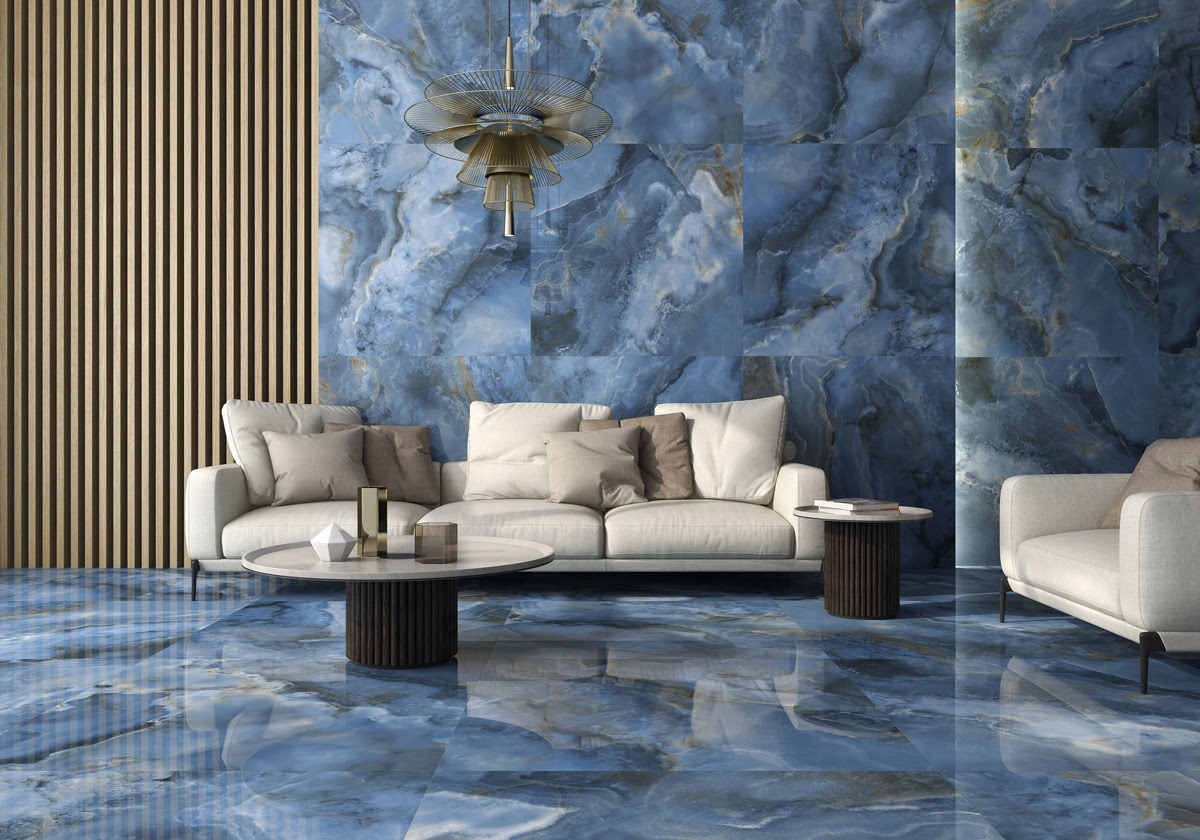
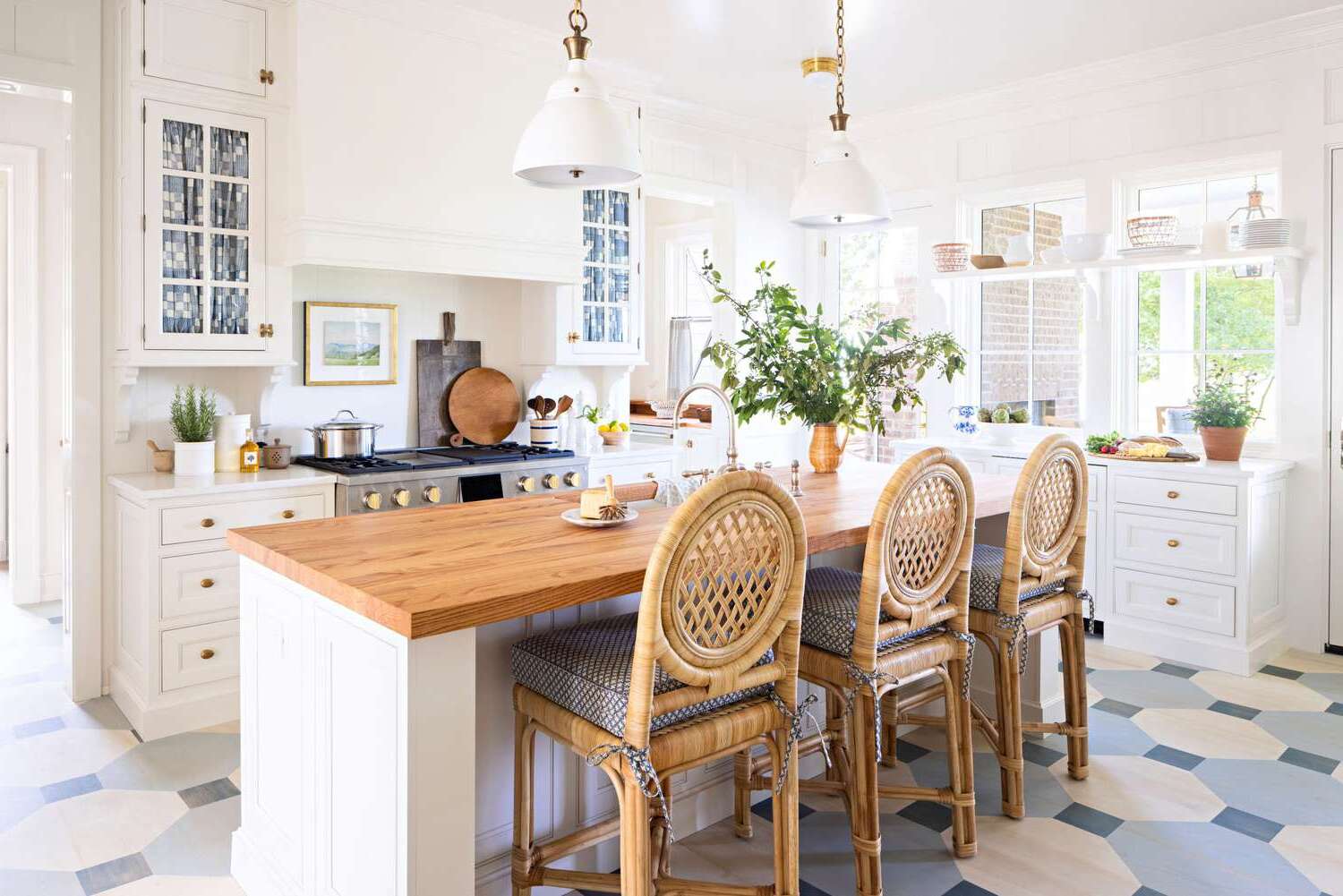
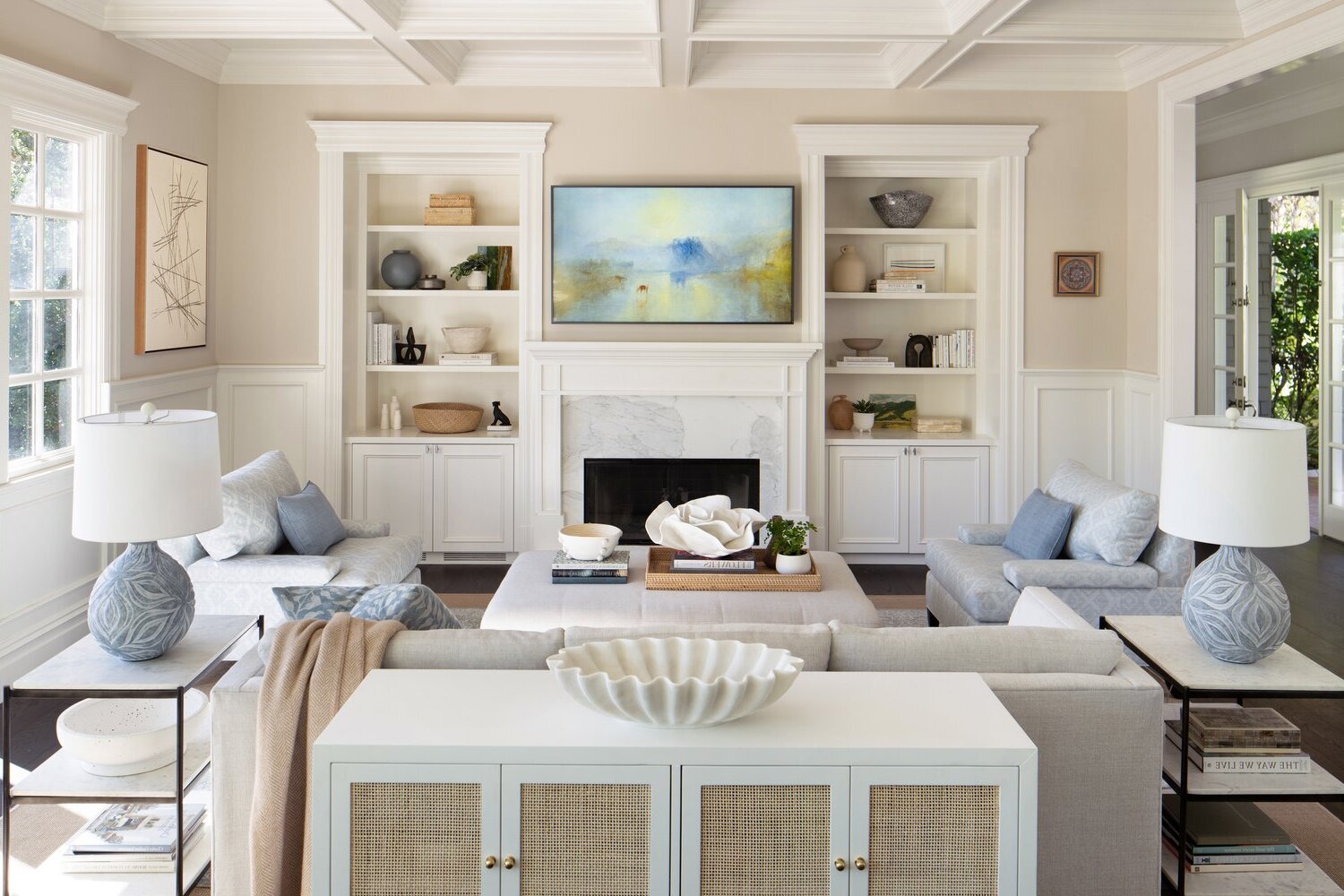
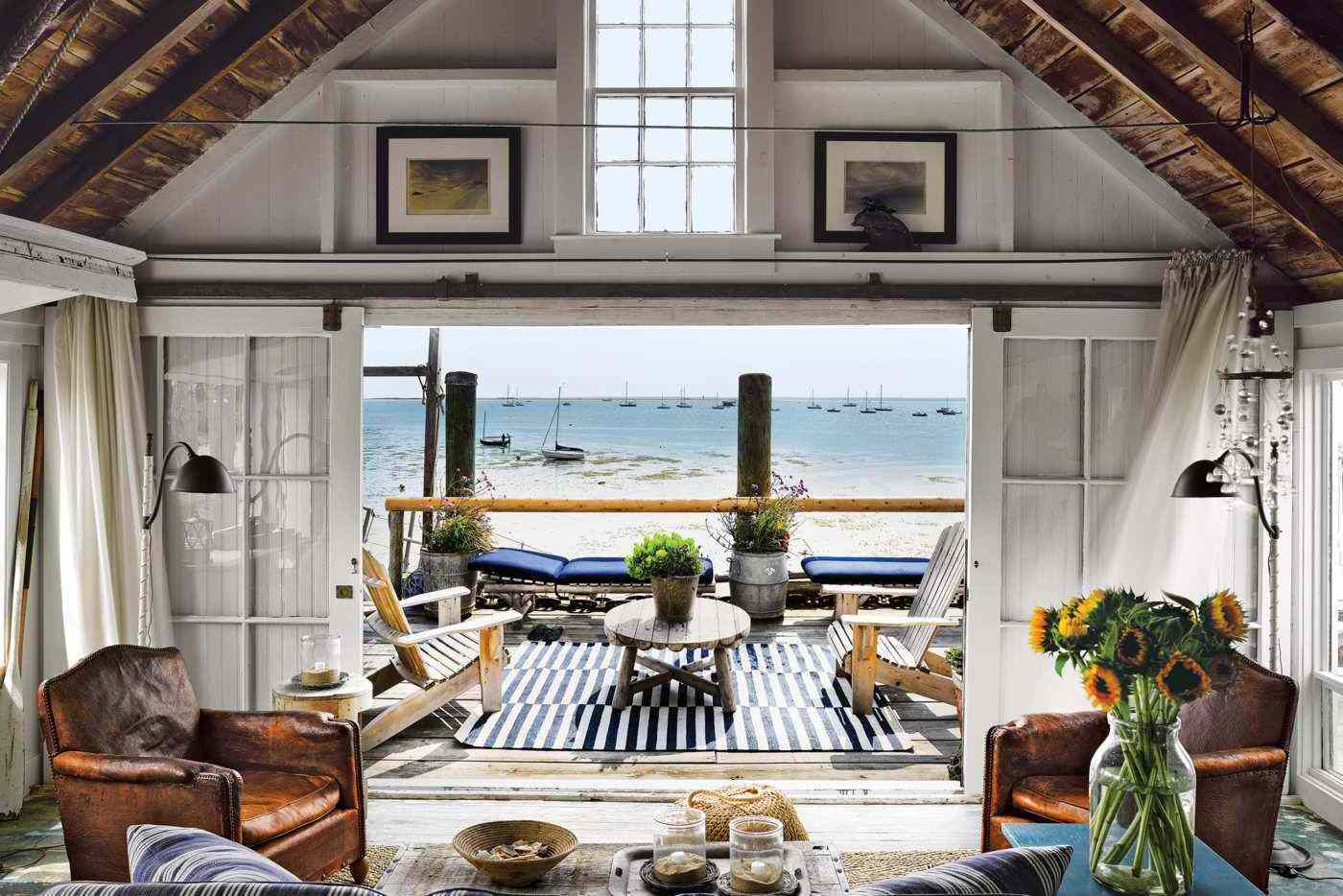
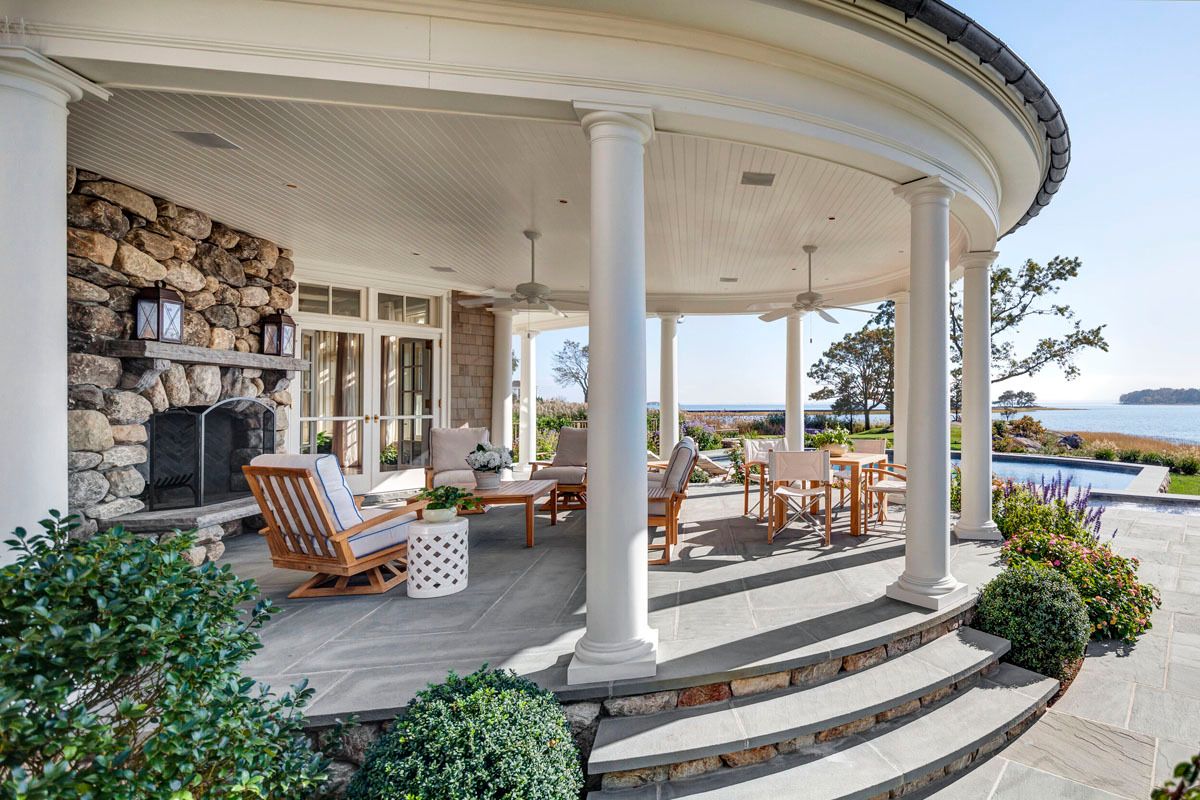
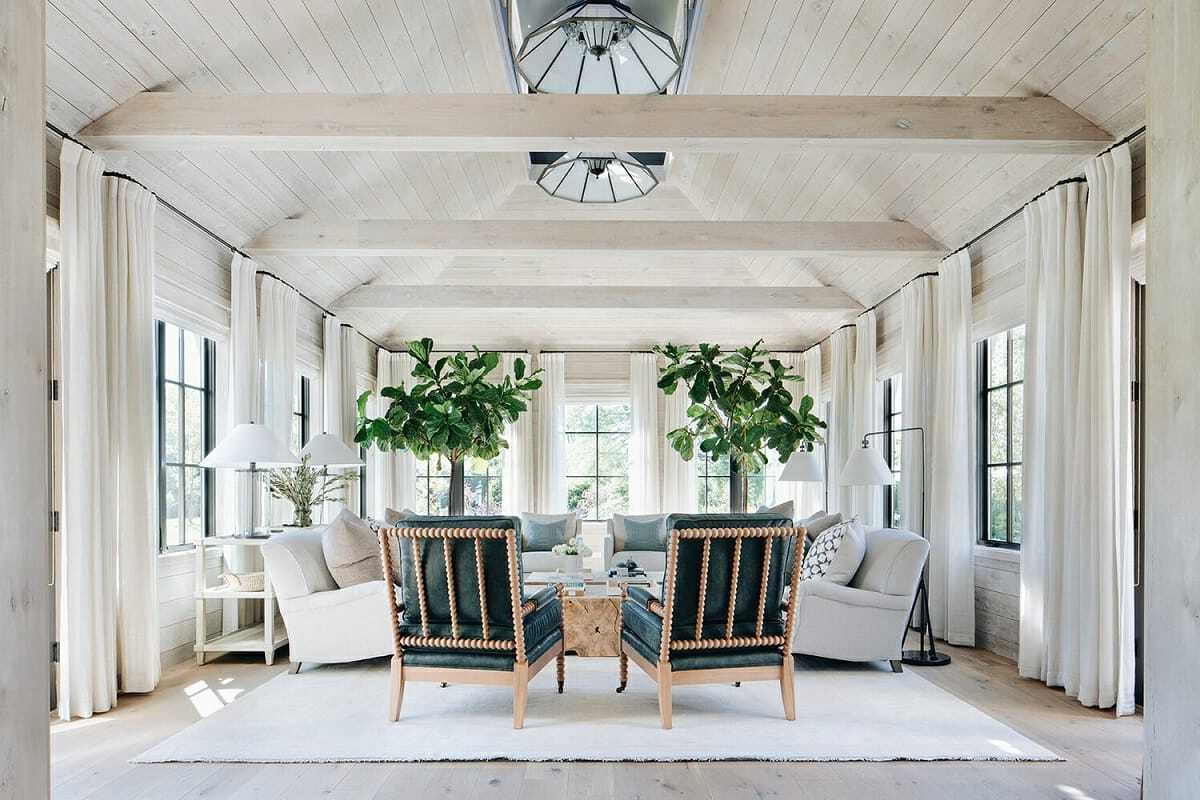
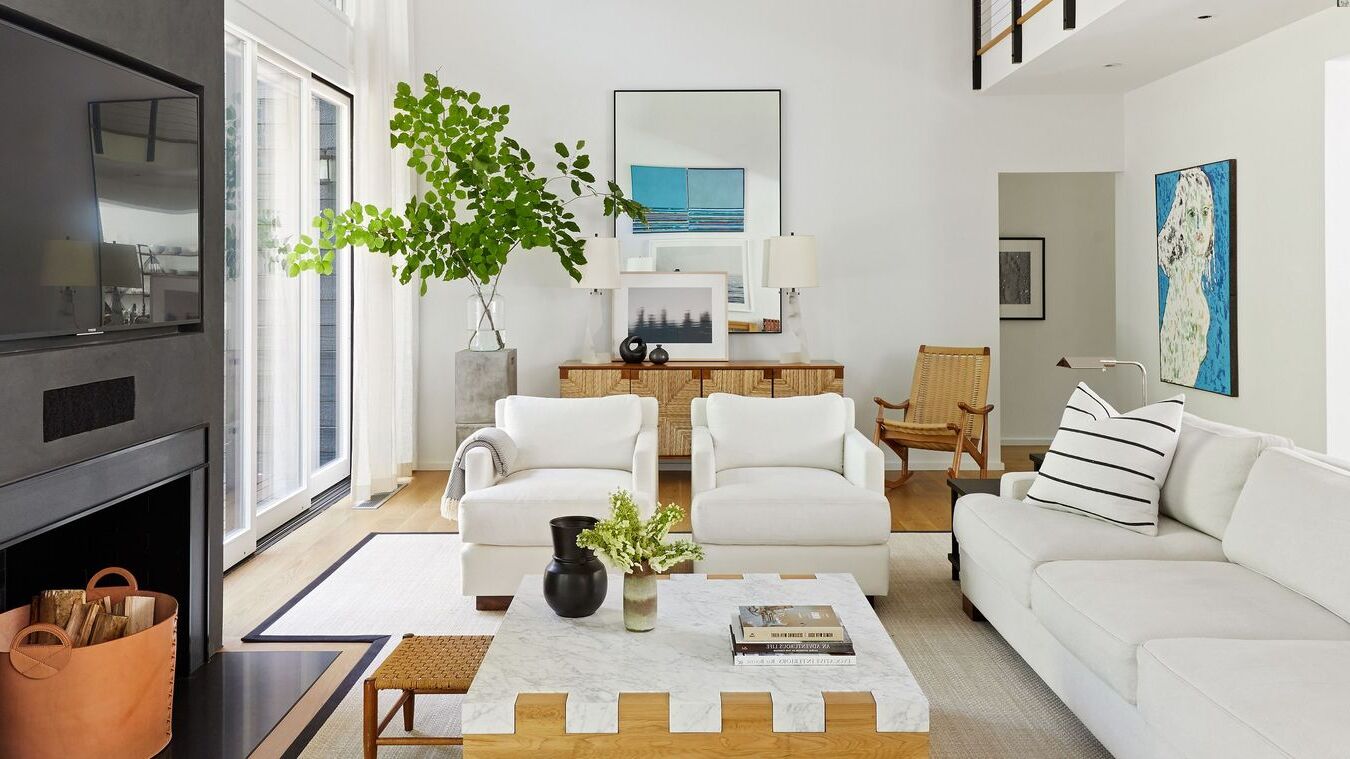
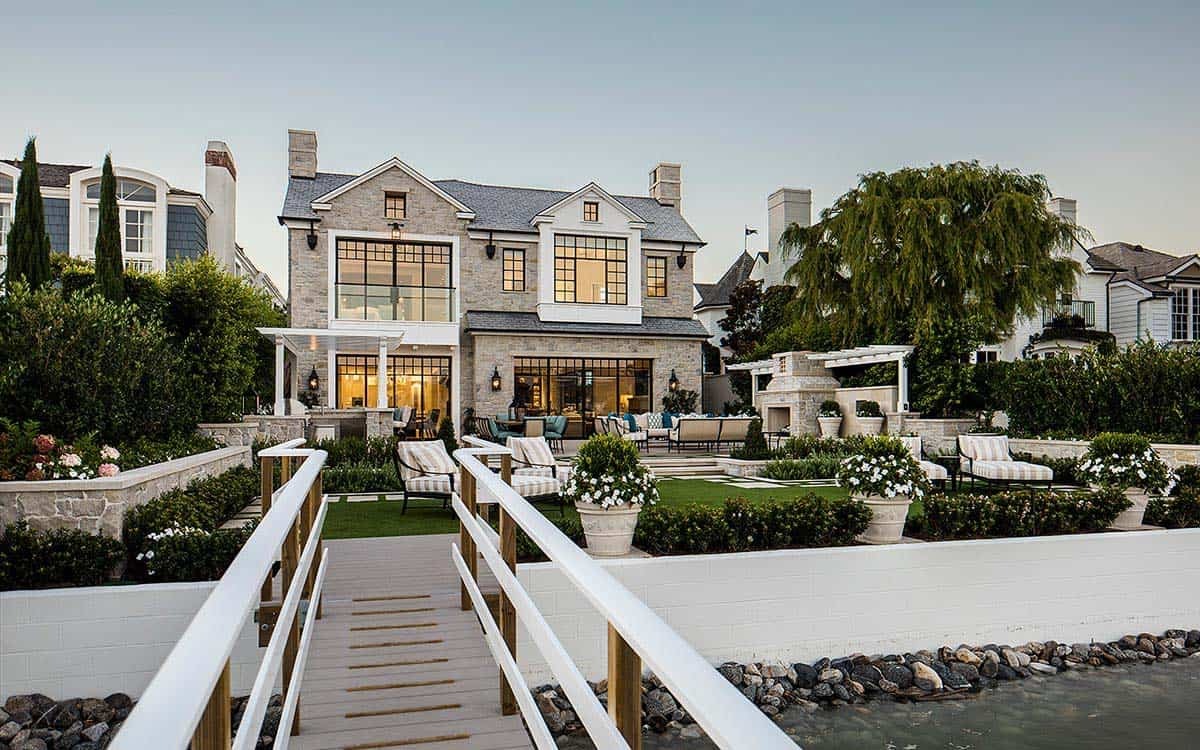
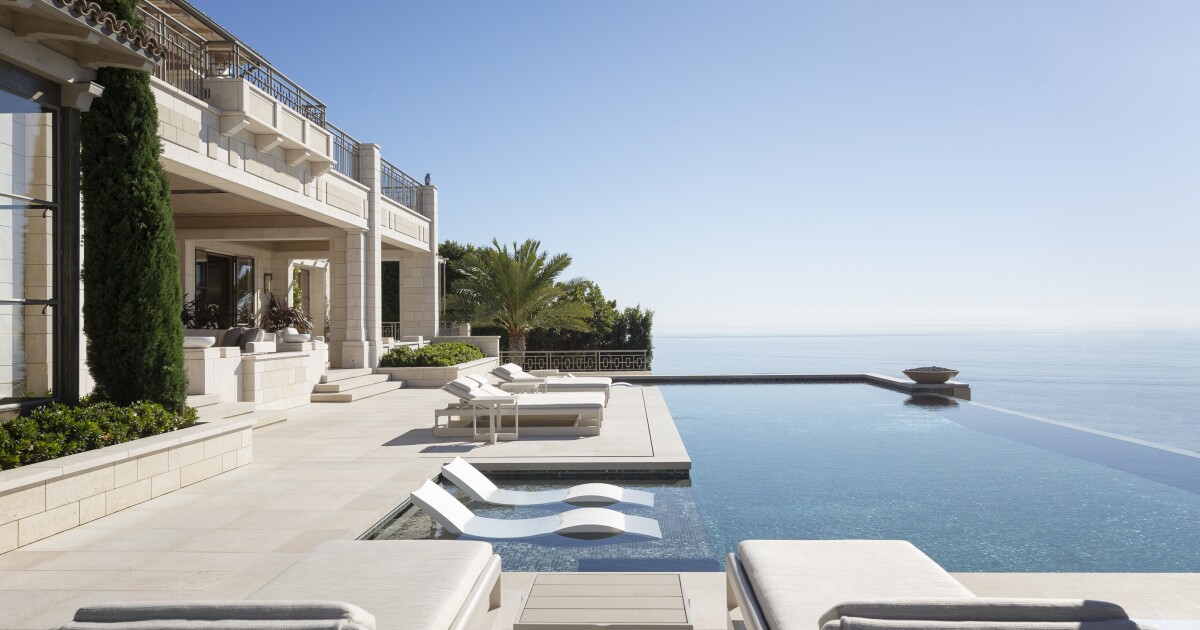
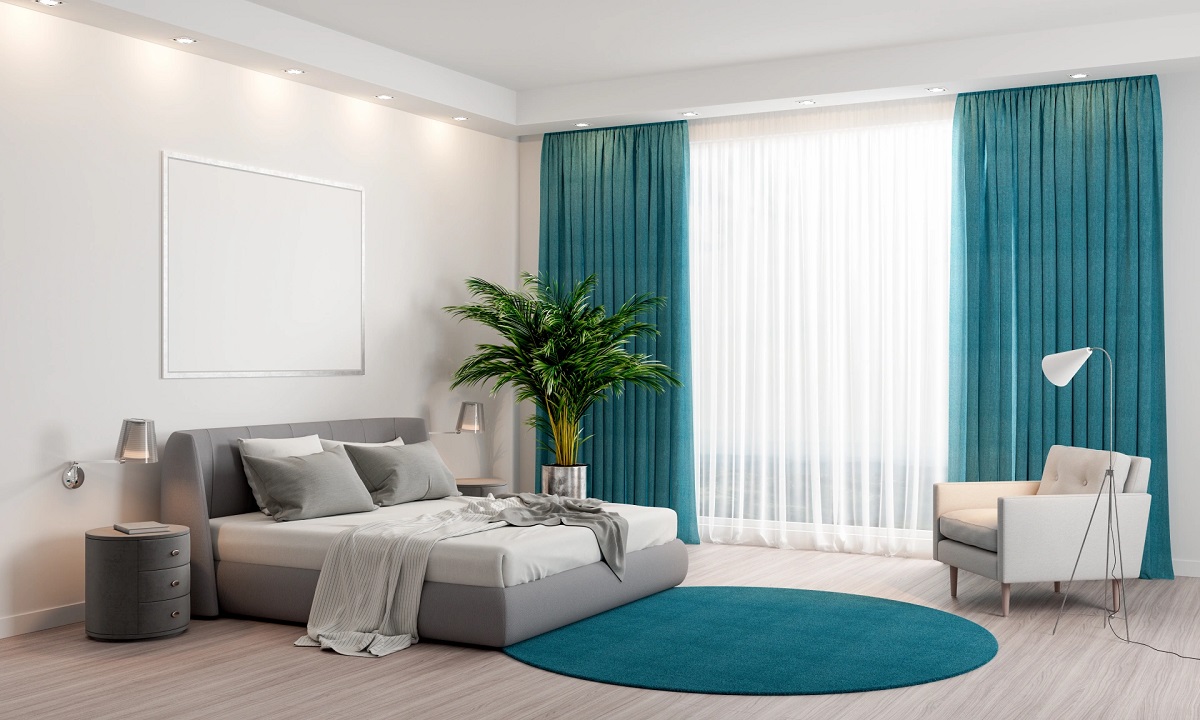
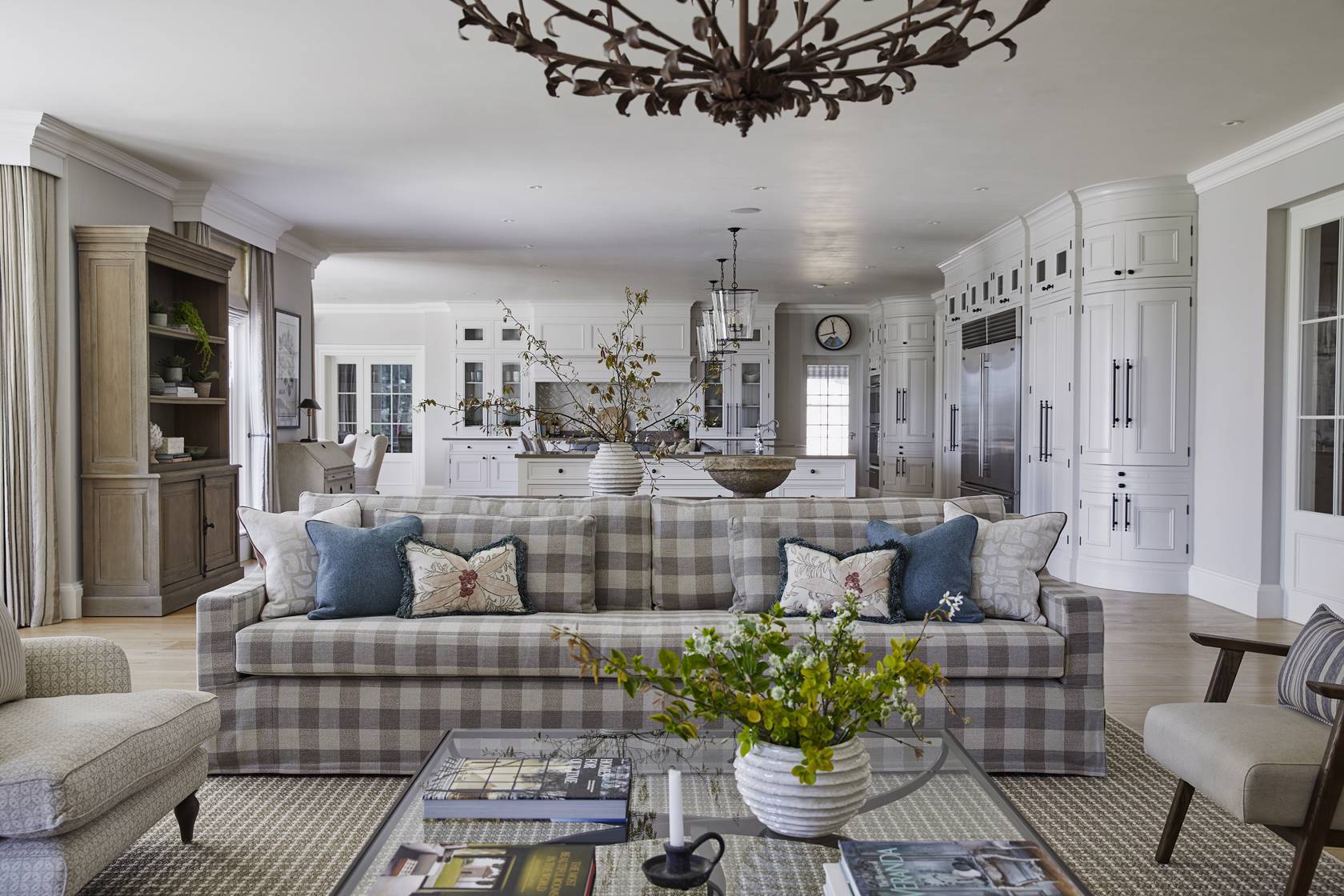


0 thoughts on “How To Decorate A Coastal Home: Emma Sims Hilditch Advises”